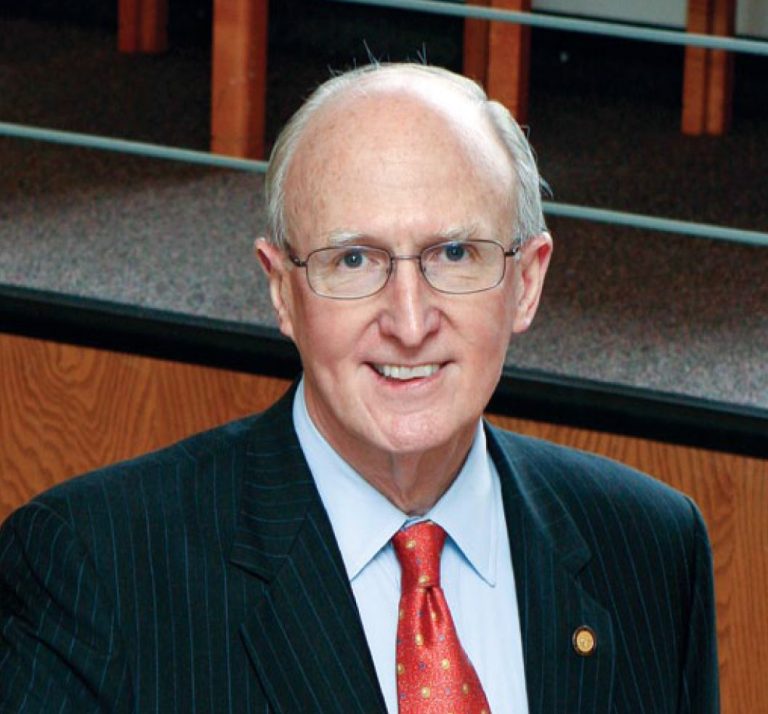
The presidents of three elite universities were questioned about antisemitism on campus by Congress Member Elise Stefanik, a Republican from upstate New York.
The three, Claudine Gay of Harvard and Sally Kornbluth of MIT, both in office for less than a year; and Liz Magill, Penn’s leader for 18 months, were prepared for questioning in a courtroom, but found themselves in a less decorous setting
Afterward, they were roundly criticized for the alleged insensitivity of their testimony. They gave lawyerly responses when the occasion demanded expressions of concern for students and others on campus experiencing conflicts during a time of war.
The correct answers were the wrong responses.
It was later reported that they had been briefed by law firms on how to respond to questions from the congressional panel, especially questions related to free speech and codes of conduct.
Instead of focusing on conduct and codes alone, however, they might have considered the “context” of the hearing, not just the context of incidents on campus.
I wonder how much thought they gave to their audience. Stefanik is a MAGA Republican who was removed from a committee at Harvard because she refuses to admit that President Biden won the election.
The three presidents must have realized that people who question the teaching of American history, much less the history of the Middle East, and the science of climate change would be confrontational with academics, including demands for simple “yes” or “no” answers to complex questions.
While a university president testifying must show respect for the governmental process and the officials holding the hearing, there is no reason they cannot set the context for their message and take the high ground in their responses.
American higher education has been the highly regarded source of knowledge and leaders for nearly four centuries. Establishing the right context would, ideally, confirm that the mission of universities is the pursuit of knowledge and the free exchange of ideas, including debates among people who learn to disagree without being disagreeable.
The university serves as a creator of new knowledge and understanding for the benefit of society, curator of what is known and has been thought, and critic of the status quo by asking “Why?” and “What if?” and then considering ethical choices.
The context, if not the pretext, of the hearing, was the Hamas attack of October 7th that killed civilians, including women and children. The attack should have been condemned outright and the subsequent killing of innocents censured.
The focus of the hearing could have been on human rights and morality, and a university’s unique opportunity to foster dialogue and discussion.
However, that was not likely to happen in an environment where any expression of sympathy for the people of Palestine and even muted criticism of the Netanyahu government is deemed antisemitic.
Further, the context of the Hearing was shaped by the language used by some to describe who is oppressed and who oppresses them. It should have been acknowledged at the outset that antisemitism is abhorrent and should not be condoned, just as racism and Islamophobia should be denounced.
Another part of the context is the decline in public trust in higher education, especially for institutions with billions of dollars in tax-exempt assets, relatively low enrollments, and high tuition.
Some of this is fueled by the skepticism of universities’ efforts to promote diversity, equity, inclusion, and belonging initiatives that are perceived to ignore groups, especially Jews, who have faced historic discrimination at these same universities.
After acknowledging, explicitly or implicitly, these elements of the broader context in which the hearing took place, the legal discussion of free speech and campus disciplinary approaches could have become the focus of discussion.
The opening statements might better have described the nature of campus codes of conduct and disciplinary procedures and how they are conditioned by the Constitution and legal precedents.
These panel presentations highlighted the precarious life of the university presidency. It can be a lonely post. There are many constituencies, some with conflicting aims, including major donors, who demand attention and action.
During my 30 years as a campus president, I found it useful to have outside advisors and others with whom to discuss ideas and practice approaches.
Assistance for those at the top can take many forms, both formal and informal. It can come from lawyers, yes, but also from other presidents, campus colleagues, members of the board of trustees, professional consultants, or a long-time mentor.
These formal and informal sources of assistance are important aides to the leader who wants to broaden his or her perspective and ensure that answers to contentious questions are the right responses.
Robert A. Scott, President Emeritus, Adelphi University and Ramapo College of New Jersey; Author, “How University Boards Work,” Johns Hopkins University Press; Eric Hoffer Book Awardee







Dr. Scott,
A very honest and important op-ed. You have always brought a bright light into dark rooms where conversations stalled or were one sided.
Merry Christmas sir.
Dear Angelo, thank you. Merry Christmas to you and yours, Bob